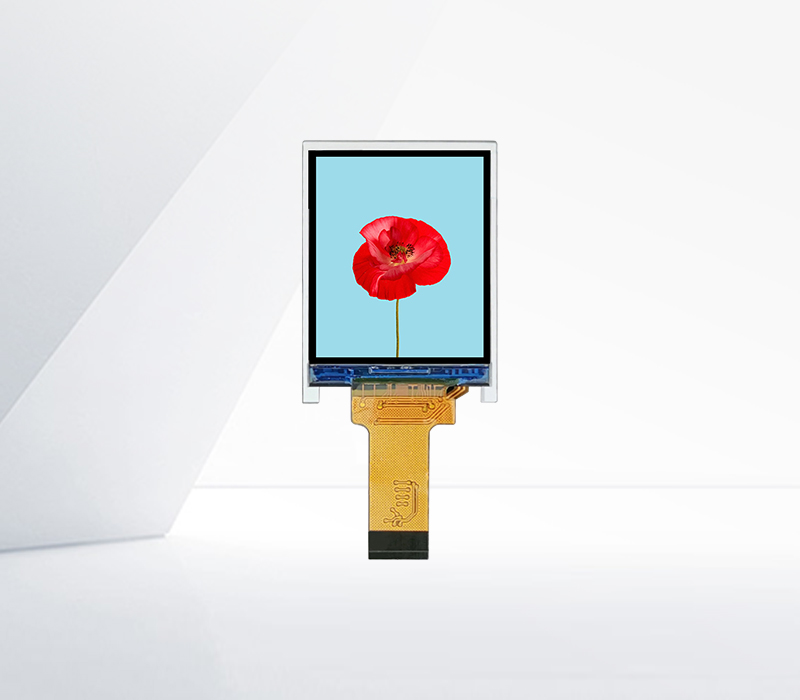




4 - bit parallel interface LCD modules offer a unique approach to data transfer between the microcontroller or other host devices and the LCD. In a parallel interface, data is transferred in parallel, meaning multiple bits are sent simultaneously over separate data lines. In the case of a 4 - bit parallel interface, four data lines (e.g., D4 - D7) are used to transfer data to the LCD module, along with additional control lines such as the register select (RS), read/write (R/W), and enable (E) lines.
The use of a 4 - bit parallel interface has several advantages. Firstly, it reduces the number of I/O pins required on the host device compared to an 8 - bit parallel interface. This is particularly beneficial when the microcontroller has limited I/O resources or when trying to simplify the circuit design. Although it transfers data in 4 - bit chunks, the module can still achieve relatively fast data transfer speeds by sending two 4 - bit nibbles to form an 8 - bit byte.
When operating the 4 - bit parallel interface, the host device first sets the RS line to select whether it is writing data to the data register (for actual display content) or the command register (for control commands like setting the display mode, cursor position, etc.). The R/W line determines whether the operation is a read or write. To transfer an 8 - bit data byte, the microcontroller sends the higher 4 - bits first, activates the enable line to latch the data into the module, then sends the lower 4 - bits and again activates the enable line.
4 - bit parallel interface LCD modules are commonly used in embedded systems where simplicity and cost - effectiveness are crucial. For example, in basic digital clocks, temperature monitors, and small - scale industrial control systems, these modules can display relevant information efficiently. They are also popular in educational projects, as they provide a straightforward way for students to learn about LCD interfacing with microcontrollers such as Arduino or Raspberry Pi.
However, 4 - bit parallel interfaces do have some limitations. Compared to 8 - bit parallel interfaces, the data transfer process is slightly more complex due to the need to split 8 - bit data into two 4 - bit transfers. Additionally, the overall data transfer rate may be marginally slower in some cases, although this difference is often negligible for applications with moderate display update requirements.
